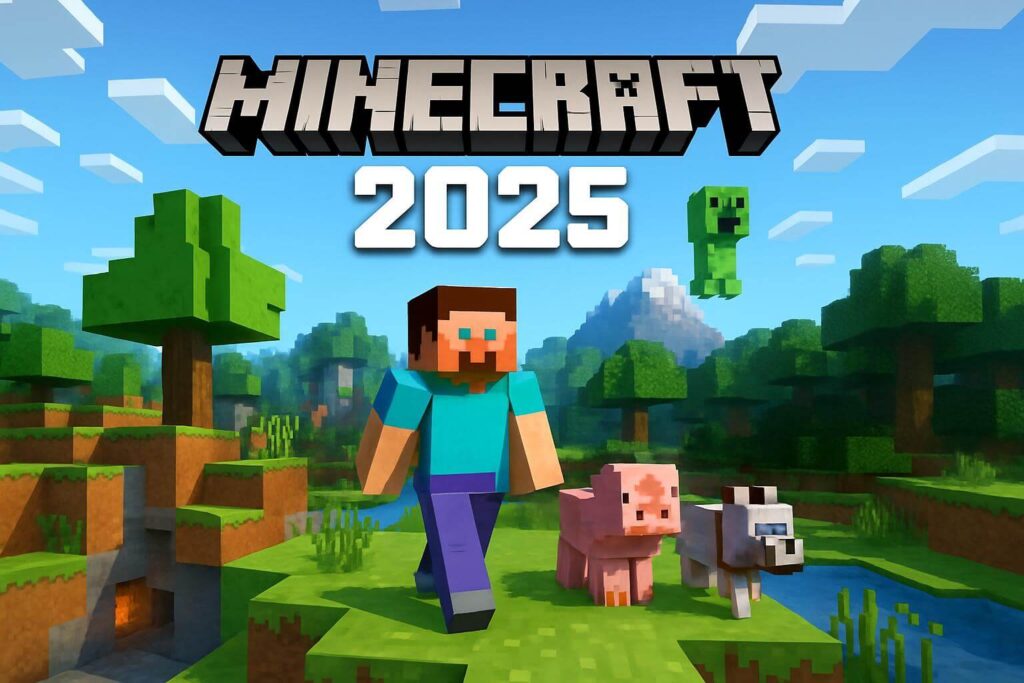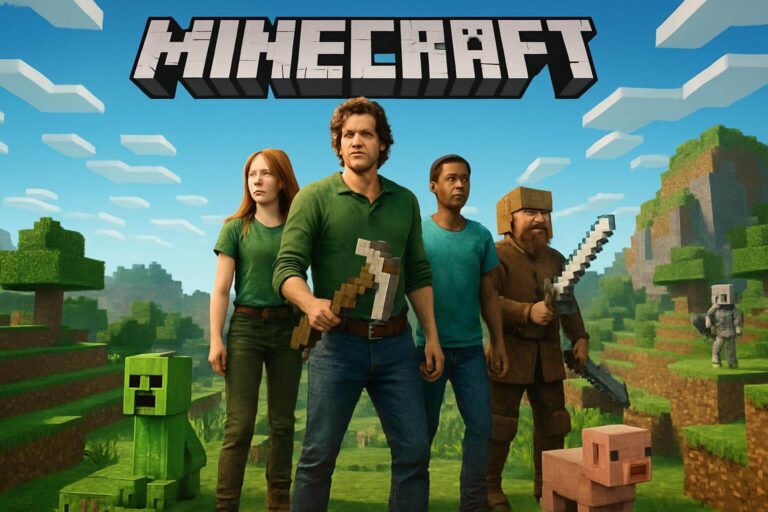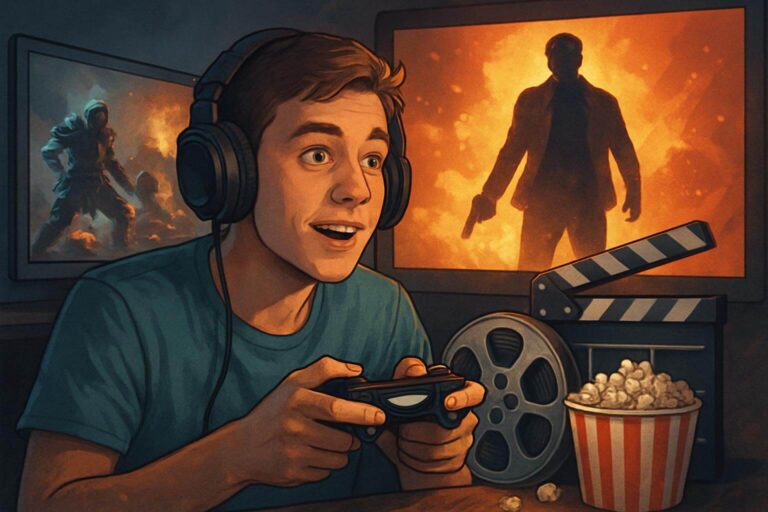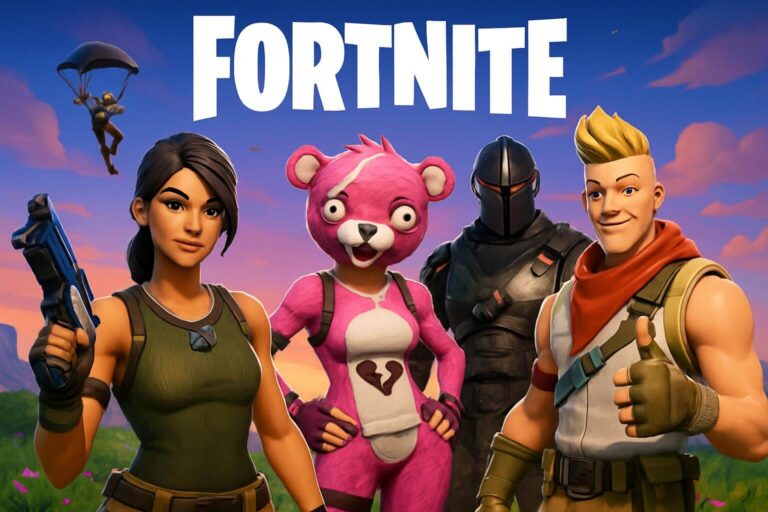
A Cinematic Leap for Minecraft Fans
The world of Minecraft took a bold leap in 2025. A full-length feature film hit theatres worldwide. It wasn’t just another adaptation. It captured the essence of the blocky universe and turned it into something big. The movie combined humor, adventure, and a nostalgic touch. Long-time players found references to iconic in-game mechanics. Casual viewers enjoyed a well-paced, creative storyline. Critics praised the visuals, the storytelling, and the smart use of Minecraft’s charm.
The film didn’t stray far from its roots. It kept the pixelated aesthetic and merged it with live-action in clever ways. The main character, a blocky Steve, embarks on a journey filled with mobs, mysteries, and redstone puzzles. What surprised many was how emotional it got. It wasn’t just fun—it was heartfelt. The movie grossed nearly a billion dollars globally. Fans were thrilled. Developers were proud. Minecraft had entered a new age of storytelling.
Minecraft 2025: Movie and Music in the Game
With the film’s release came something special—music. Not just any music, but an original score composed by industry legends. Artists from different genres contributed. Rock stars, indie musicians, and even a few surprise guest voices joined in. The result was a soundtrack that felt both epic and familiar. Fans could listen outside the game, but Mojang had a bigger idea.
They brought the music into Minecraft itself. Players discovered new music discs scattered across biomes. These weren’t ordinary tracks. They featured in-game lore and even referenced scenes from the film. One disc, famously titled Steve’s Lava Chicken, became a meme overnight. To get it, players had to defeat a chicken jockey in hard mode. It wasn’t easy, but the reward was worth it. The music blended seamlessly into gameplay, creating cinematic moments during exploration and combat.
Building Soundscapes: How the Game Changed
Minecraft didn’t just add music—it changed how music worked in-game. New mechanics allowed players to trigger music based on location. Enter a deep cave, and the score shifts. Build near lava, and ominous tones creep in. These features created a dynamic soundscape. Exploration now had a soundtrack that matched mood and location.
Jukeboxes evolved too. Now, players could craft a smart jukebox. With redstone wiring, the jukebox detects player actions and plays fitting tunes. A leap into battle? Cue intense rhythms. A peaceful farm morning? Gentle acoustic melodies. This blending of music and gameplay brought immersion to new heights.
The team also added a composer bench. It lets players build custom music using note blocks and pre-made loops from the film’s score. Creators now make mini-concerts, film-themed performances, and even dance floors with dynamic lights and music. Minecraft’s creative spirit merged beautifully with musical expression.
More Than a Movie: The Cultural Block
The Minecraft movie didn’t end with the credits. It sparked in-game events, community builds, and themed servers. Players recreated scenes from the film. Popular streamers held reenactments using custom skins and mods. The studio hosted time-limited events. These included puzzle hunts based on the film’s lore and boss fights inspired by movie villains.
Skins from the film’s characters became available in-game. A few surprise cameos from the soundtrack’s musicians also made it into the game. Players could now wear blocky versions of their favorite rock stars.
What began as a cinematic project grew into a cultural phenomenon. It wasn’t just about watching—it was about playing the story. The line between game and film blurred. Minecraft didn’t become a movie. It became a platform where stories, music, and creativity united.
2025
Minecraft in 2025 shows no signs of slowing down. The film added depth to its universe. The music connected worlds. Players no longer just mined and crafted. They explored emotions, melodies, and stories.
By blending Minecraft 2025: Movie and Music in the Game into one shared space, the franchise redefined interactive entertainment. It’s not just about blocks anymore. It’s about building worlds—with feeling.






